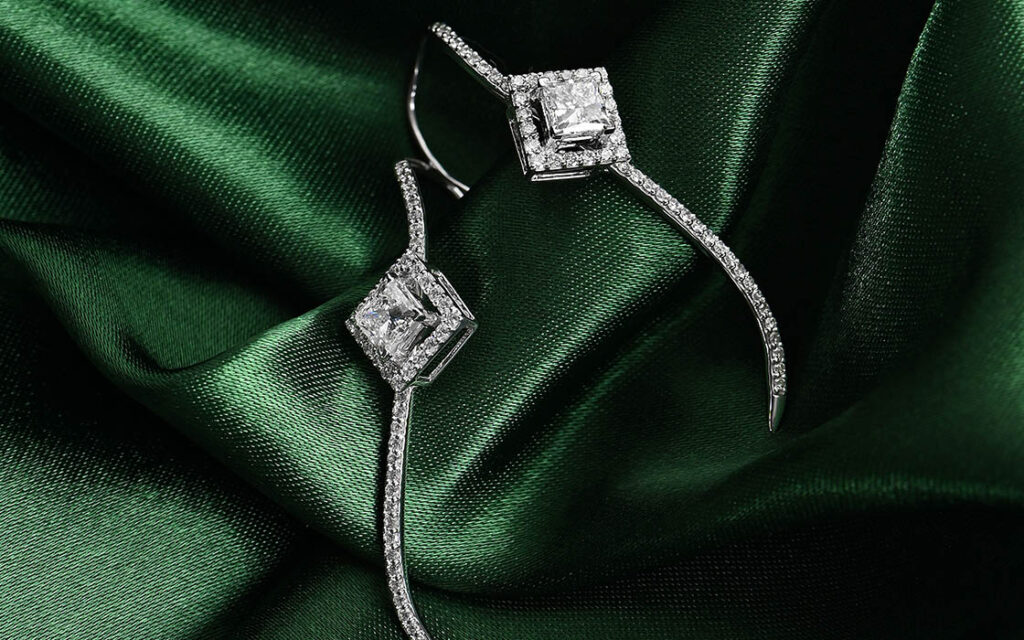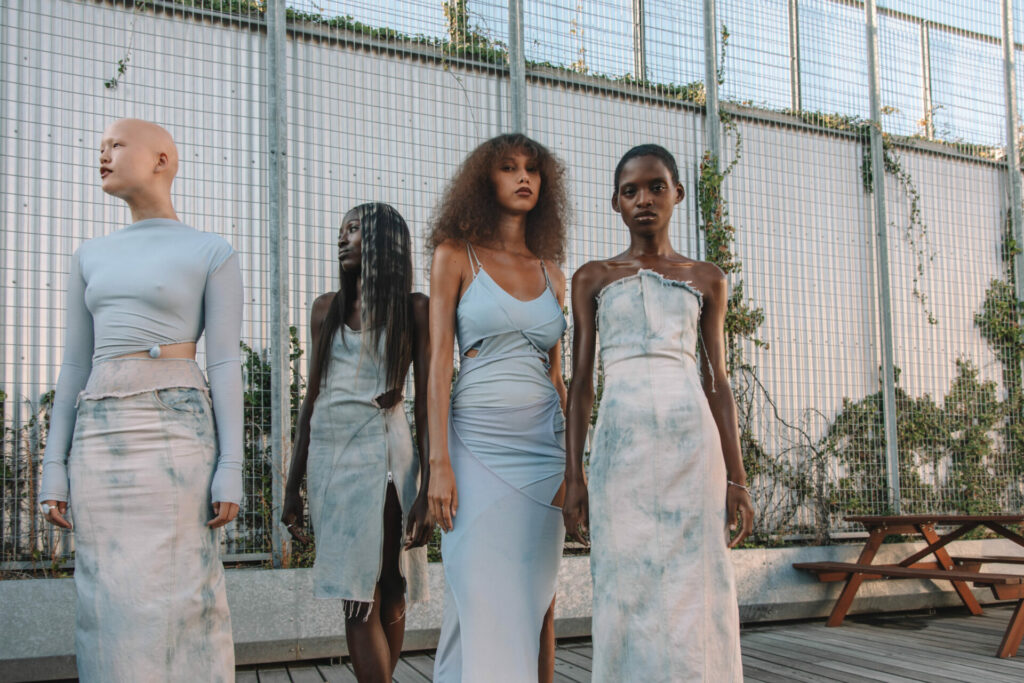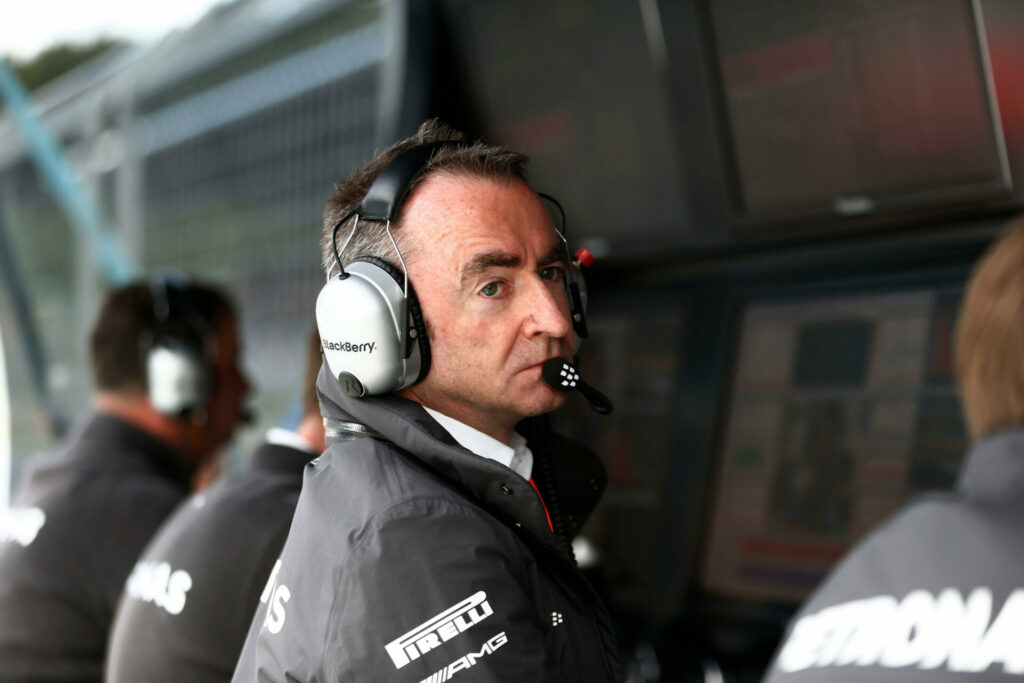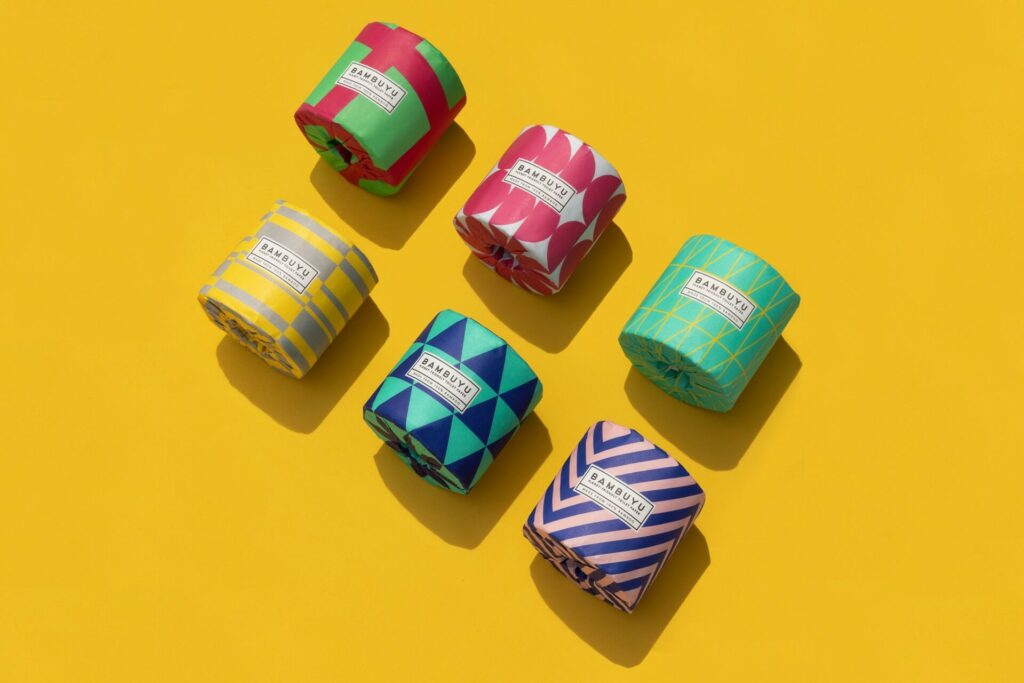Federico Badini Confalonieri was the winner of the Redress Design Award for sustainable fashion – the world’s largest competition of its kind. Redress, the Hong Kong-based environmental NGO promoting the reduction of waste in fashion, has been running the competition for 12 years, drawing in applications from some 47 countries.
But, it notes, the impact of the fashion industry has only worsened since its inception: global production of clothing has doubled since 2002, it says, and the average consumer buys 60 per cent more garments per annum than they did then but keeps each garment for half as long too. Only one per cent of clothing is recycled, three-quarters of it ending up in landfill.
Confalonieri impressed the Redress judges with his collection ‘Micro – Rain’ which uses zero-waste techniques and garments made from synthetic fabrics that have an incorporated filter fabric to stop microplastics entering waterways during washing.
Confalonieri studied knitwear design in Milan from 2014-18, then interned at a spinning mill, developing yarns, before completing a masters at the London College of Fashion this past spring. He is now working on the launch of his website and the development of his own brand called Badini C – ‘because my last name is not so easy to say,’ he laughs.
TE: When did you first think of sustainability as being part of your design process?
Federico Badinin Confalonieri : ‘When I was in high school there was a real revolution in thinking about sustainability and I’d already decided then that I wanted to get into fashion design so the two came together, especially since I have an interest in the circularity of design. The Redress competition was really enjoyable at all levels but more important is the fact it has this educational element which forces you to go deep into every aspect of a design. I know from doing the competition that I really want to deepen my knowledge about how clothing can be designed more sustainably.’
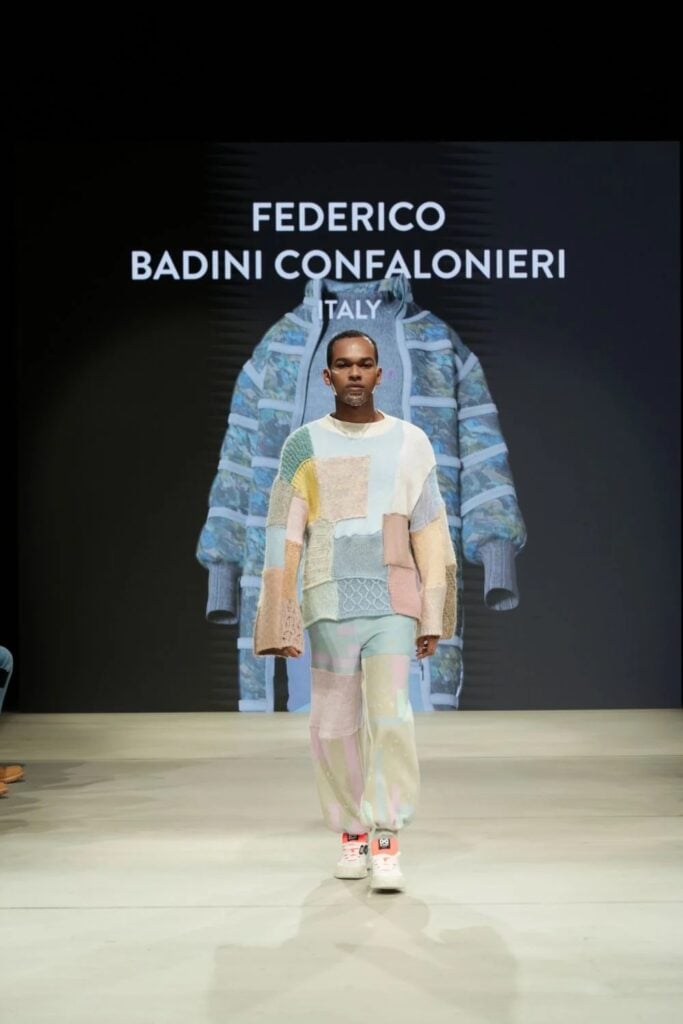

TE: What’s your history with the Redress competition?
FBC: ‘I first heard about Redress four years ago and actually entered the competition in 2021 and got to the semi-finals. But that just made me think about ways of improving: how could I make a sustainable fashion collection that was different, because the market isn’t short of sustainable fashion now. But while there’s more of an emphasis on environmentally-friendly cloth or manufacture, or on recyclability and end-of-life, there’s not much focus on the life cycle of garments – what happens to them in the middle, while they’re in use, and especially on how they’re cared for.
That’s key because it’s often care that makes a garment have more or less of an environmental impact, in terms of its durability, or how it releases micro-plastics.
Even very traditional companies that have been around for a century or more are interested in shifting towards more sustainable processes. They’re open minded – they just need to see more interest on the customer side.
I’m not a textiles engineer so I approached a company that produces a highly technical fabric – you can’t even make stitch holes in it, you have to seal the seams – and I was lucky that they agreed to work with me. It was challenging but it meant thinking about how this fabric would be cared for, which meant incorporating a pocket into the garment, one that it could be folded into for washing – which reduces friction, improves longevity and limits the release of micro-plastics. It also works as a visual prompt for people to think about the environmental problems related to fashion.’
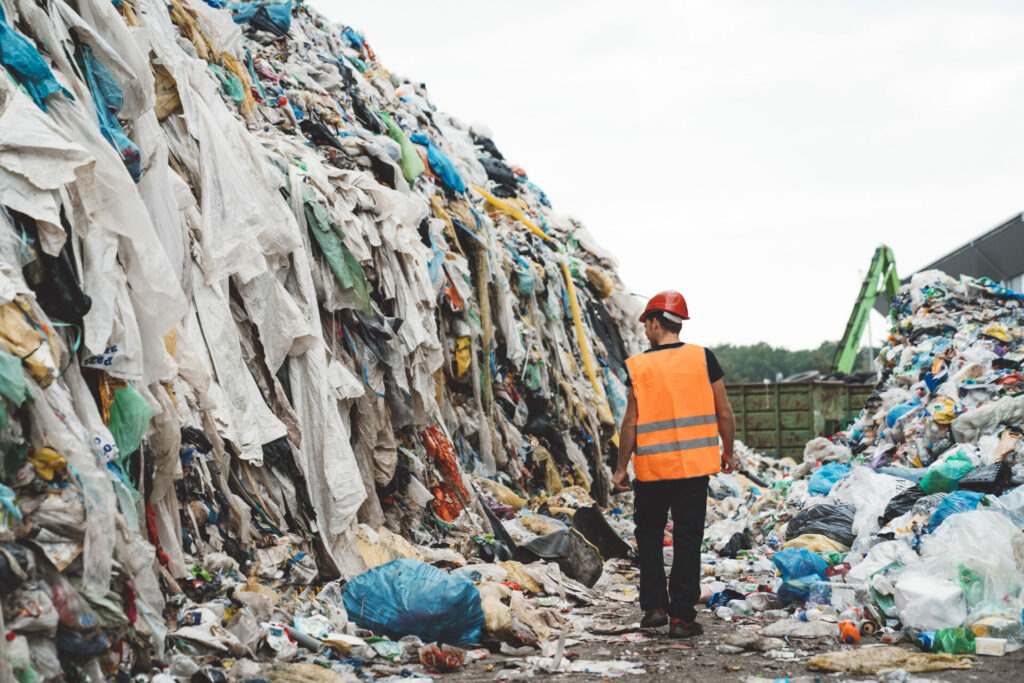
TE: How do you see the fashion industry’s commitment to sustainability developing?
FBC: ‘There’s certainly a lot of talk about sustainability in fashion, which is good because it wasn’t that long ago that the industry didn’t even talk about this matter. Of course there were very progressive designers [in this area] like Katharine Hamnett but they were really quite niche. The fact is that you need to talk before you can act, but there’s always the danger of just talking. The industry needs to do more but I’m really quite optimistic that the new generation of designers is putting sustainability to the fore. We’re seeing a new focus on it in fashion education too – when I studied it was something I had to cultivate more on my own.’
While there’s a lot of greenwashing going on, which misleads consumers, fashion giants are still talking about it. They’re still driving their consumers to think about it and in turn demand it more.
TE: Why is there a reluctance in the industry?
FBC: ‘Making sustainable clothing is complex – it can be more expensive, it requires knowledge and new skills and it means stepping out of the comfort zone the industry has operated in for years and years. I know less about manufacturing in India and China but certainly in my home country of Italy there’s great interest in sustainable fashion now. Even those very traditional companies that have been around for a century or more are interested in shifting towards more sustainable processes and products. They’re open minded – they just need to see more interest on the customer side.’

TE: What’s going to drive that?
FBC: ‘I think the biggest improvement needs to come in traceability – having a really traceable system becomes self-sufficient, because to be really traceable [and not face backlash] you’ll need to be really sustainable. There’s nowhere to hide what might really be happening. There’s a lot of greenwashing in the fashion industry. For me that’s the one thing to really fight against and traceability is the way. I think a lot of consumers are pushing themselves to buy more sustainable fashion too – and that’s one reason why it’s good to talk about it more, or do those things that encourage people to talk about it more.
The funny thing about these fast fashion giants talking about sustainability is that, while there’s a lot of greenwashing going on, which misleads consumers, they’re still talking about it. They’re still driving their consumers to think about it and in turn demand it more. Speaking for myself, on the design side, I feel the need to do what I can and hope that influences both sides [of the equation], manufacturers and consumers.
Of course manufacturers don’t like to talk about just consuming less fashion, but I think there’s a way of it supporting a ‘buy less’ culture, encouraging the buying of second-hand clothing and so on.’
As the winner of the Redress competition , Confalonieri will work closely with VF Corp Timberland’s sustainability and responsibility teams to create Timberland’s Lunar New Year 2024 Collection.







